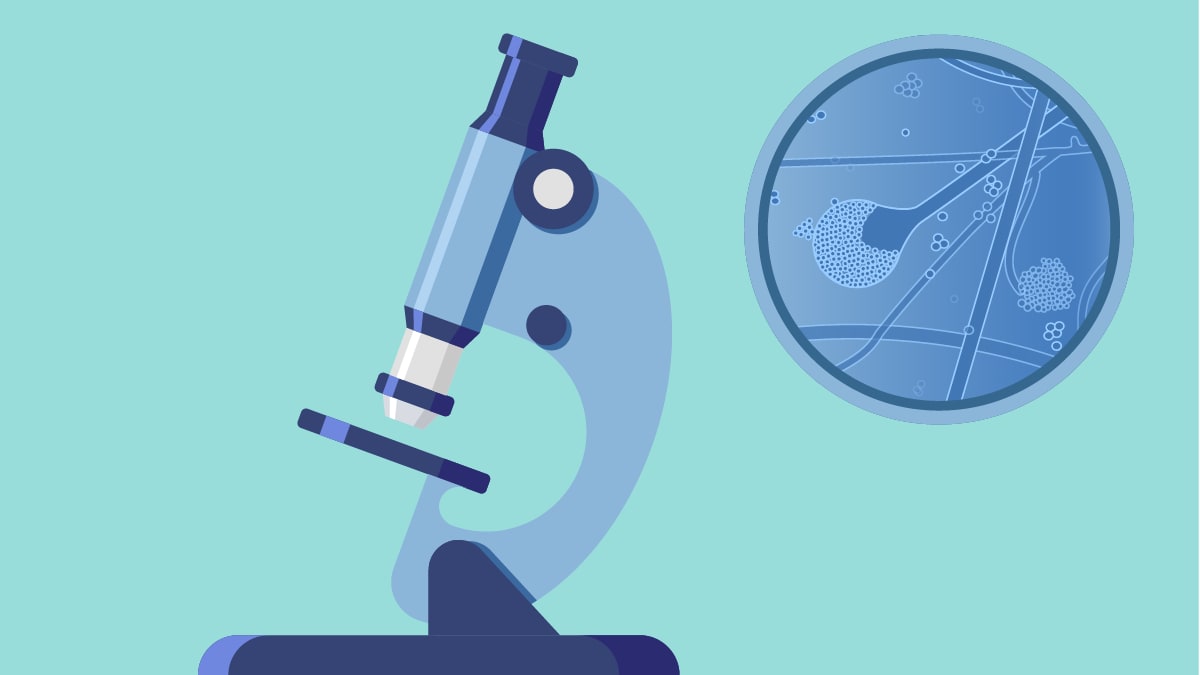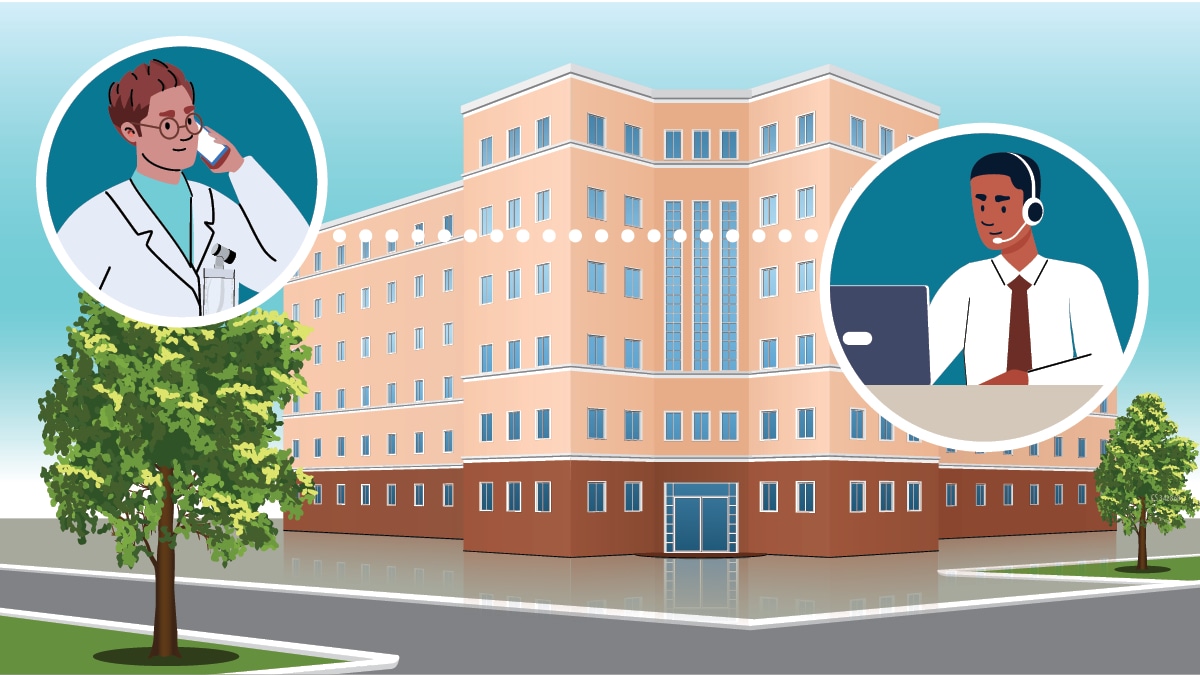What to know
- Refer to case definitions established by the Council of State and Territorial Epidemiologists (CSTE) for national surveillance.
- Track trends in antimicrobial resistance through species identification and antifungal susceptibility testing.
- Use species-level identification to screen additional patients for colonization.

Background
Candida auris (C. auris) is a nationally notifiable condition and is reportable in many states. C. auris was first reported in the US in 2016. The number of cases of C. auris in the US and the number of states reporting cases continues to increase each year.
Both clinical cases and surveillance cases should be reported. The term "surveillance cases" refers to colonized patients or patients without symptoms who screen positive for C. auris.
For clinical cases, CDC recommends identifying species and testing antifungal susceptibility. Tracking outcomes helps identify emerging antimicrobial resistance patterns.
Healthcare facilities are encouraged to conduct screening to identify patients who are colonized with C. auris. Screening-informed infection control measures helps prevent or reduce transmission in facilities.
Screening can increase case counts AND prevent spread.
Screening identifies patients who are colonized with C. auris, and helps reduce transmission. Higher numbers of surveillance cases will be reported in facilities conducting screening.
That does not mean that the actual number of cases is higher. Without screening, there is no way to identify asymptomatic patients who are colonized.
Screening helps stop the spread of C. auris, and ultimately reduces case counts and saves lives.
National surveillance
The Council of State and Territorial Epidemiologists (CSTE) established case definitions for clinical cases and surveillance cases. C. auris clinical cases became nationally notifiable in 2018 and screening cases became notifiable in 2023.
Healthcare providers and clinical laboratories should report cases to their state or local health department. All clinical and screening cases of C. auris should be reported to CDC by health departments.

C. auris in the US over time
Laboratory surveillance
Laboratories, especially those serving healthcare facilities with detected C. auris cases, should review past diagnostic test results and conduct prospective surveillance. Review past microbiology records as far back as 2015, if possible, to identify confirmed or suspected C. auris cases.
Conduct prospective surveillance
Implement ongoing surveillance to identify and report future C. auris cases. Be aware of possible misidentifications of C. auris based on methods used. Report any cases or suspected cases to the health department.
